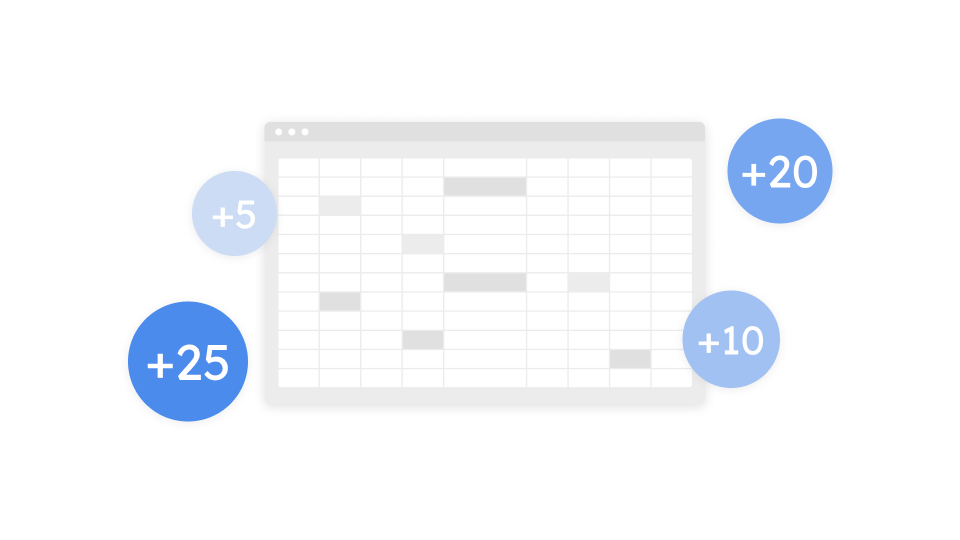Is your lead scoring system set up right now in HubSpot, Eloqua, Pardot or Marketo? Is the system composed of positive and negative points on an ordinal scale? If you answered yes to the above questions, it's time to step up your game with advanced SaaS lead scoring.
Here is the point in this guide where I tell you that I’ve lied to you. We're not building your traditional lead scoring model anymore. We're making a Lead Grading system.
How to build a Lead Grading System into your SaaS marketing strategy
While previous lead scoring models use one score, this system offers two scores that will result in a grade. This grading system will create a list of MQLs. Each MQL will have a priority grade that evaluates their level of interest in your content or product and how they "fit" in with your existing ICP.
Step 1: Identify attributes
Similar to a lead scoring model, build your lead grading system, with a grid containing the relevant information you want to gather from your leads. And make sure it aligns with the customer you're aiming to obtain. You can call these pieces of company information Attributes.
Here's an example of what your lead grading system and attributes might look like:

We classify customer attributes in groups, which will compose the first part of your lead score grade. You can make these attributes as complex as you desire, but I recommend starting it simply. Start building your lead grading system with A, B and C, and include two attributes per grade. Then, keep refining your grading system as you start qualifying MQLs.
Step 2: Identify activities
Now that you've established attributes, you're ready to begin your B2B lead scoring process via the behavior of your leads. In this step, evaluate the customer's behaviors and interactions with your marketing content, called Activities.
Examples of these could include:
- CTA clicks
- Resource downloads
- Form fills
- Page visits
Evaluate how important these behaviors and events are from your customers. Fine-tune how accurate and precise these activities are over time, and you'll soon have a powerful tool to determine what converts your leads into customers. This tool is a simple yet effective system for medium-sized SaaS products.
In the example below, we use numbers to quantify activities such as downloads, demo requests and specific page visits.

Step 3: Put it all together
Now that you’ve set up the foundations for your lead scoring, it's time to put your hard work into action. You can use any combination of lead scoring identifiers you prefer. From animals as attributes to colors for activities, you might end up with a max MQL grade of Golden Whale, all the way down to Pink Mice.
In the example below, we use letters to grade attributes and numbers to grade activities. Your final table should resemble something like this:

What do the cell colours represent in the lead grading system?
The green cells are your "sweet spots." You'll start with a fair amount of green that will convert most of the good leads into MQLs. In the long-run, ideally, you'll narrow down your "green" customers as you refine the lead grading system. Or, you can expand your lead grading system even more if you experience great results.
Remember that the success you experience will significantly depend on your industry and segment.
What do the combination of colors represent?
Each color creates a "zone”. The more qualified leads from a specific grade you receive, emphasize it in green. If you’re getting leads that aren’t ready to buy into your product but has the potential to be nurtured, highlight it in yellow. However, if you’re receiving most leads that don’t fit in with your ICP, highlight these in red and nurture them with blog posts to keep them interested until they’re ready for your product.
Next steps: Nurturing MQLs into Customers
Now that you have a smart and comprehensive lead grading system in place, your sales team will become more productive. So what's next?
Enact your lead grading system’s findings to nurture your prospects down the marketing funnel with automated nurture campaigns, segmented by your customer persona and their buyer's intent.
If you're not ready for this type of lead grading system, don't fear. You can easily establish your Ideal Customer Profile with our framework and template to easily define behaviors, attributes and more.
